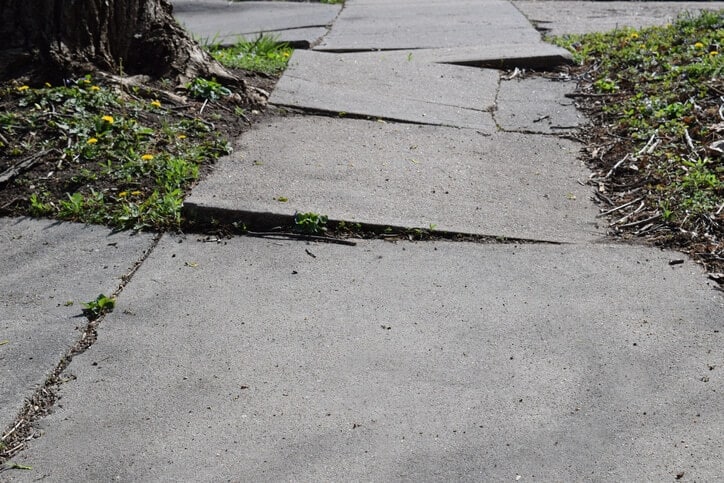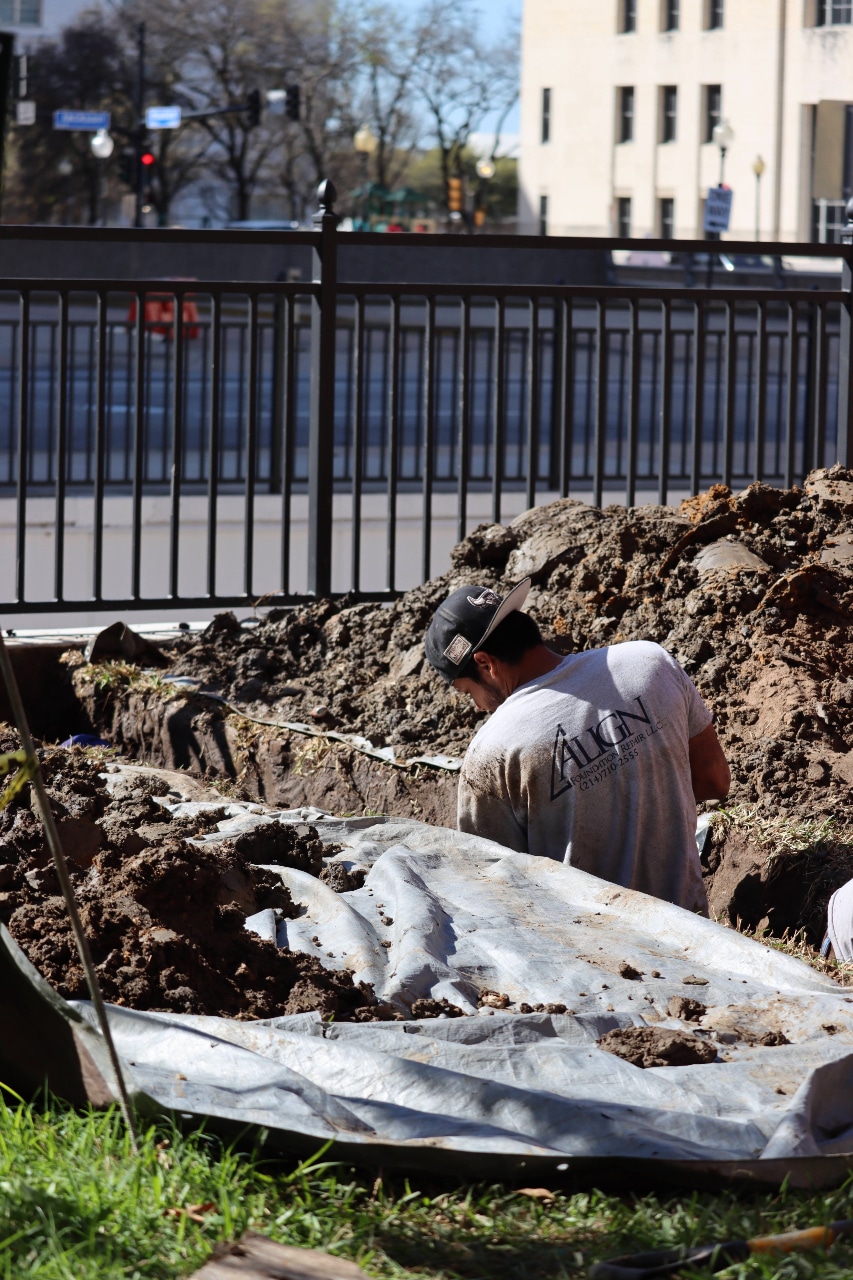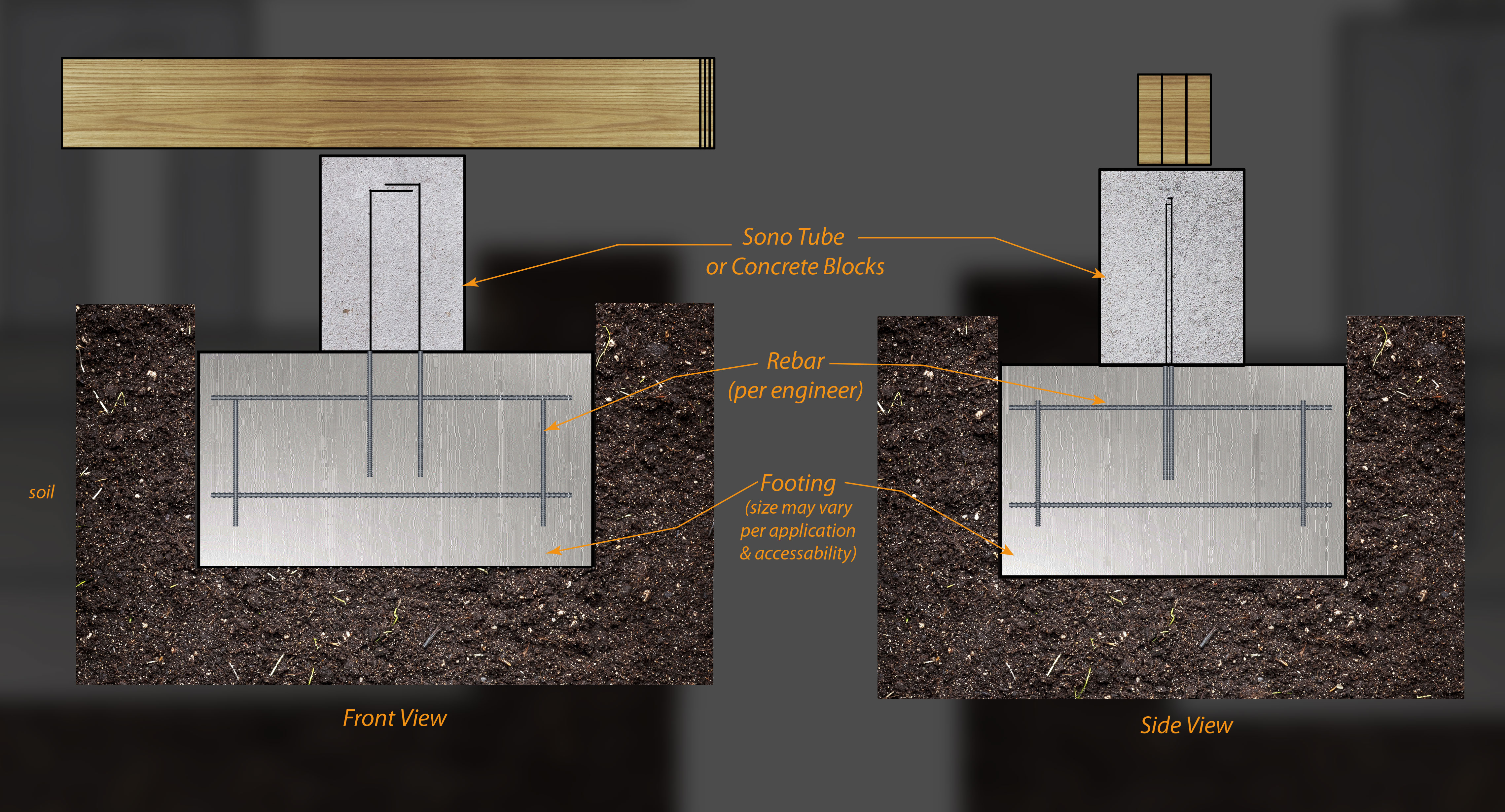A damaged foundation is one of the worst problems a homeowner can face. Left uncorrected, it can ruin your home’s value while exposing you and your family to serious safety risks.
Despite this fact, many homeowners put off having their foundation repaired, often due to fears of high costs.
If this sounds like you, then we have good news. Not only is the work more affordable than you may think, but there are many possible ways to pay for it. This is true even if you have no equity in your home.
Align Foundation Repair offers financing arrangements with low monthly payments, no prepayment penalties, and interest rates as low as 8.9%.
We’ll look more at these financing opportunities in just a bit. For now, let’s consider the high cost of ignoring foundation repair.
What Happens When Good Foundations Go Bad
Here’s what happens when your home’s foundation starts to fail:
- Creaking doors and cracked windows: One of the first signs of a damaged foundation is a door that no longer fits its frame. As the problem worsens, you may notice your windows cracking or falling out altogether.
- Unlevel floors and out-of-square walls: In a properly built home, corners are an even 90° and floors run straight across with no sagging. A damaged or sinking foundation can destroy these important symmetries, damaging your home’s framework and ruining its aesthetics.
- Cracked Drywall: Telltale signs of a settling foundation are cracks in the drywall. Cracks may appear horizontally, vertically, or in “stepped” formation. The larger the cracks, the more likely they are due to foundation issues.
- Collapsing chimneys: A sagging foundation can cause a brick chimney to lean sideways until it falls down altogether, creating a potential fire hazard and exposing you to legal liabilities.
Foundation Repair Payment Options
As you can see, foundation problems are too serious to ignore. Now let’s look at ways to pay for the necessary repairs:
- Savings: Putting aside a little money for a rainy day is a time-honored way of guarding against future calamities. What better way to use these funds than to fix a damaged foundation?
- Personal loans/credit cards: If you’ve suffered financial problems in the past, then a friend or family member may be able to cosign on your behalf.
- Financing arrangements through our affiliated lenders: These programs offer several advantages, including 12-month same-as-cash, long terms to keep the monthly payments low, no prepayment penalties, and interest rates as low as 8.9%.
Contact us here at Align Foundation Repair today to learn more. We’ll provide you with a no-obligation quote, explain your options for financing foundation repair, and leave you with the facts you need to make an informed decision.








